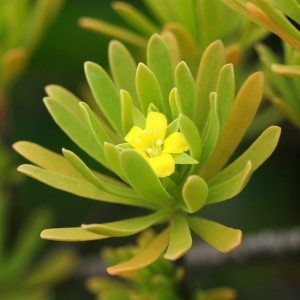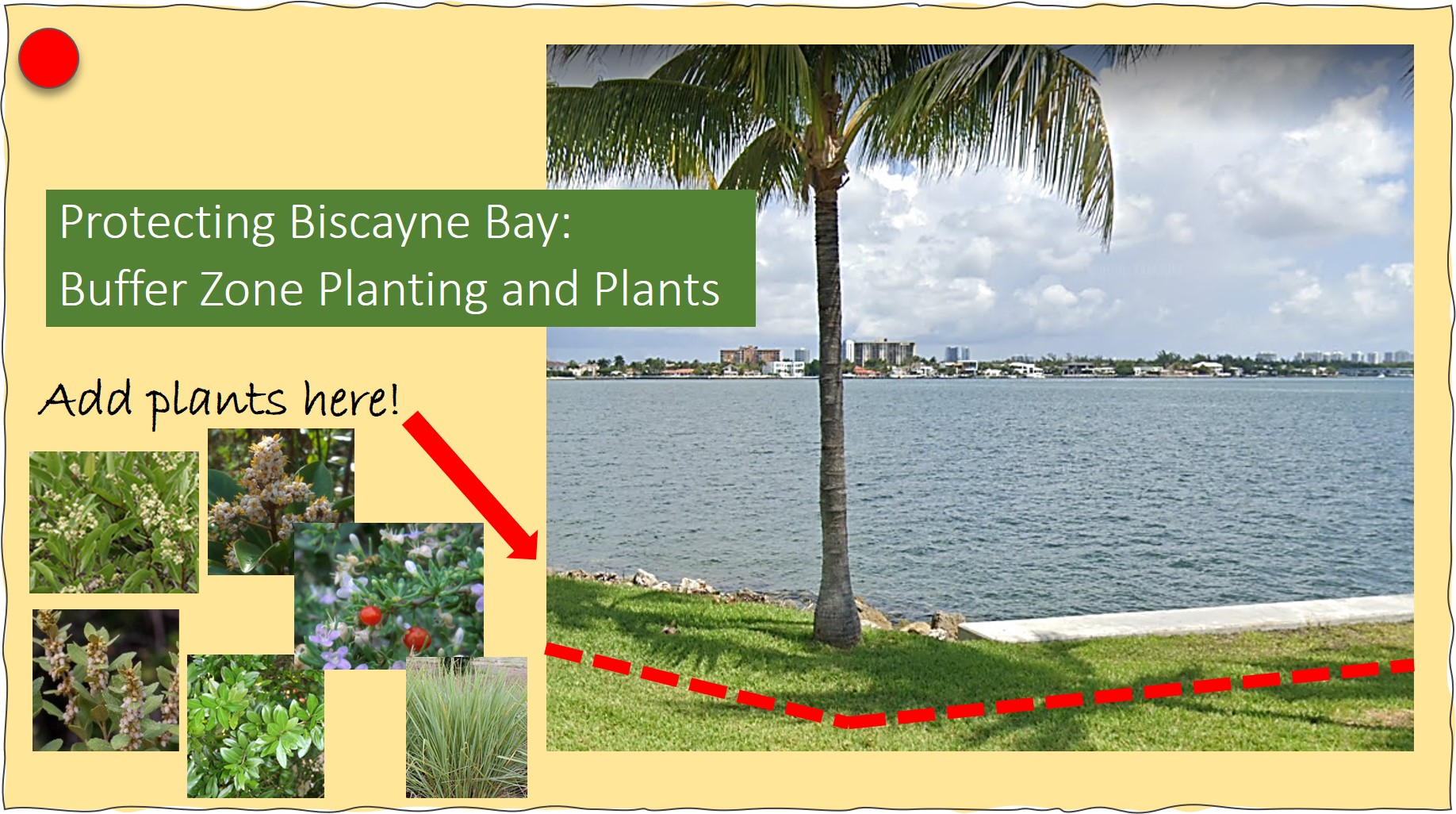Greetings Everyone,
Let me give you a little background on one era of my life, back to when I lived for the weekend and opportunities to escape to the water. In my twenties, I raced sailboats in the south end of Biscayne Bay. I was a card-carrying member of the Women’s Yacht Racing Association; in fact, I was in charge of membership recruitment! So many great memories of life on the water, sea life, sailors, and wild weather. We will save those stories for when we can meet face to face.

And p.s. I have always been a gardener. My hands touch the earth every day.
I still live for the weekends and the chance to get out into nature. Whether it’s in my own backyard watching butterflies and birds while working on home garden projects or working with volunteers twice a month on park projects, habitat restoration, planting pollinator gardens, or presenting Florida-Friendly Landscaping™ presentations and conducting Rain Barrel Workshops .
When I completed the Certificate in Horticulture and Master Gardener Training in 2005, I realized the importance of the Florida-Friendly Landscaping™ program. I decided the Extension Service was where I could make a great difference. The program is designed to save water and protect our water resources’ quality by sharing sound gardening principles. You can add on all the terms we use these days, Green Best Management Practices, Stormwater Runoff Strategies, Water Conservation, Maximum Daily Nutrient Load, and so on. It comes down to basics. Nature always does.

What you do in your yard has a cumulative effect on our entire water universe in Miami Dade County. Water either seeps into the Biscayne Aquifer (our drinking water) or finds its way to Biscayne Bay (weekend playground, economic driver, home to sea and shore life).Many elements affect our bay’s health, some simple, some complex, and expensive to resolve. The health of Biscayne Bay affects us all whether you live on its shores or far inland as I do in the Redland. We all can make a difference; just as we all contribute to the problems, we can all commit to green, sound principles to maintain our landscapes. Everything is connected!
Like everyone, I woke in horror at the sight of dead and dying fish floating in Biscayne Bay in August. Outreach programs needed to be more directly focused on what we can do; we needed to bring even more awareness to how everything is connected. It has been stated that solutions are much the same as we have heard for years. And it is true, and we need to act on what we know and expand our knowledge, Plant knowledge starting in our yards.
This is your moment Garden Clubs, Homeowners, Parks, Businesses with surrounding landscapes. All of us who live in Miami Dade County can make a difference.
Plant Photos from Institute for Regional Conservation WebsiteCheck out the virtual series on Protecting Biscayne Bay and stay connected for future presentations on how we can all make a difference. In the meantime, start with our website, read through all 9 principles of Florida-Friendly Landscaping™, and sign up for the Landscape Irrigation Assessment Program if you have an irrigation system. Call us or send an email with any questions you have about your garden/landscape. We are here to help.
 0
0
